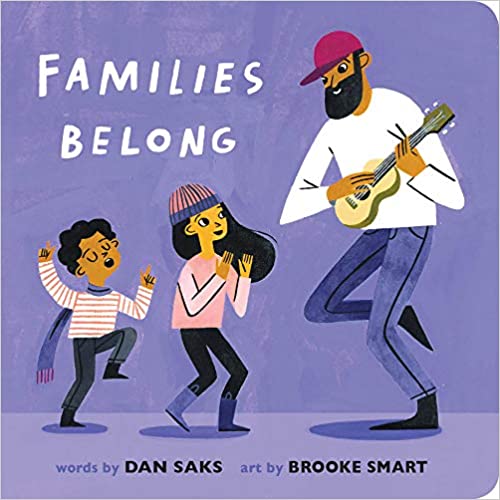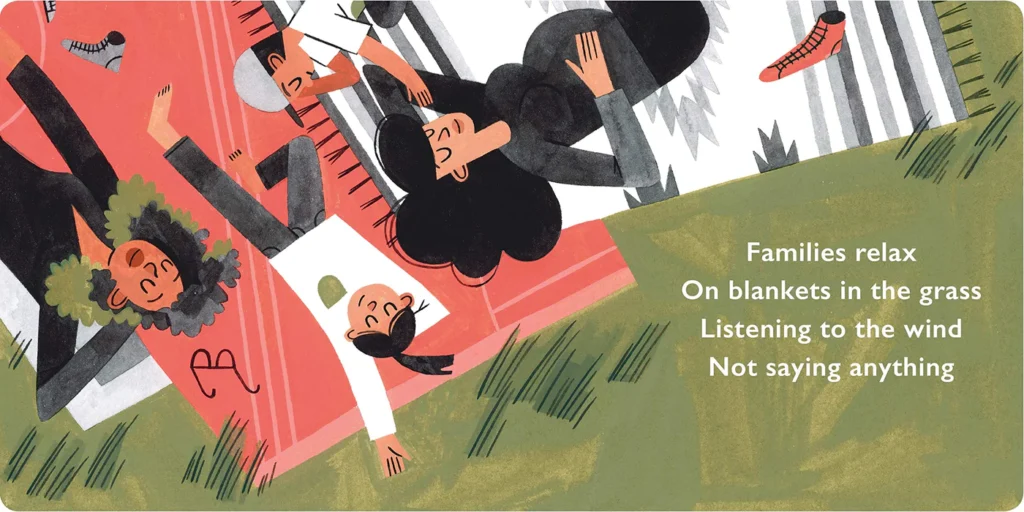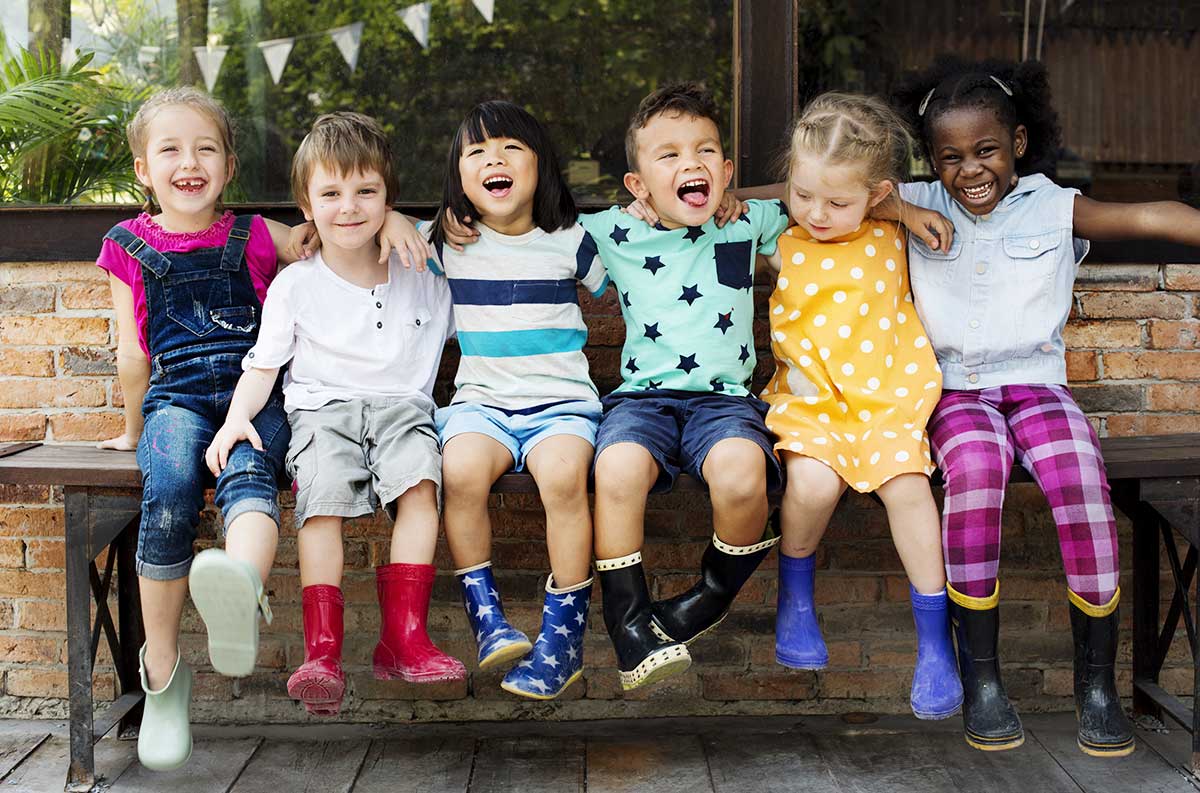
Inclusive Children's Book Teaching Guide
Families Belong
What is this book about?
This lighthearted ode to belonging is a rhyming celebration of the unconditional love and comfort that family members provide for one another.
Families belong
Together like a puzzle
Different-sized people
One big snuggle
Through a handful of specific yet universal scenarios—from singing songs together and sharing food to dancing or relaxing together—this book invites the youngest readers to celebrate what it means for a family to be truly together.
Who is depicted in this book?
- Diverse families, including LGBTQ+ led families
What early childhood themes and concepts does this book explore?
- How people vary in their appearance, including skin color, clothing, hair, etc.
- Families come in different forms (activities, size and members)
- Activities that families engage in together
How does this book support anti-bias education?
Families Belong features representation of LGBTQ+ families, which teachers can use to help children develop an awareness of the different kinds of families, as well as an appreciation of how these family members spend time with one another. Teachers can also use this book to foster individual and family pride by encouraging children to celebrate their own identities and talk about their own family cultures and traditions.
Depending on how the book is shared or used—and the developmental level of the children—Families Belong may be used to support the following core goals from the book, Anti-Bias Education for Young Children and Ourselves:
Identity—Teachers will nurture each child’s construction of knowledgeable and confident personal and social identities so that children will demonstrate self-awareness, confidence, family pride, and positive social identities.
Diversity—Teachers will promote each child’s comfortable, empathetic interactions with people from diverse backgrounds so that children will express comfort and joy with human diversity, use accurate language for human differences, and form deep, caring connections across all dimensions of human diversity.
How can this book be used to meet early childhood learning standards?
For all ages
Use Families Belong to meet early childhood literacy standards >
For children from birth to age three
Teaching suggestion: Point out family members in the book. Encourage the children to talk about their own family members, or perhaps point to photos of them.
What Illinois Early Learning Guideline does this meet for children from birth to age three?
Developmental DomainSocial-Emotional Development
Standard: Self-ConceptChildren develop identity of self.
Indicators for children:
- Shows awareness of significant people by calling them by name, e.g. “papa” (7–18 months)
- Points to self in media (16–24 months)
- Names people in their family and shares stories about them (21–36 months)
Teaching suggestion: Point out examples of play and any familiar family settings depicted in the book that the youngest children can react to, point at, name, or imitate.
What Illinois Early Learning Guideline does this meet for children from birth to age three?
Developmental DomainSocial-Emotional Development
Standard: Relationship with PeersChildren demonstrate the desire and develop the ability to engage and interact with other children.
Indicators for children:
- Begins to engage in parallel play, in closer proximity to other children but no interaction is attempted (7–18 months)
- Begins to engage in simple reciprocal interactions, e.g., rolls a ball back and forth (16–24 months)
- Demonstrates a preference toward select peers (21–36 months)
For preschoolers (ages three to five)
Teaching suggestion: Discuss with children how the families depicted in the book are similar or different from their own. What makes families unique and similar?
What Illinois Early Learning and Development Standards does this meet for preschoolers?
Social Studies Standard18BDevelop an awareness of self within the context of family.
Benchmark 18.B.ECa:
Understand that each of us belongs to a family and recognize that families vary.
Teaching suggestion: Identify the rhyming words throughout this book.
What Illinois Early Learning and Development Standards does this meet for preschoolers?
Language Arts Standard4CDemonstrate an emerging understanding of spoken words, syllables and sounds (phonemes).
Benchmark 4.C.ECb:
With teacher assistance, recognize and match words that rhyme.
See inside this book.

